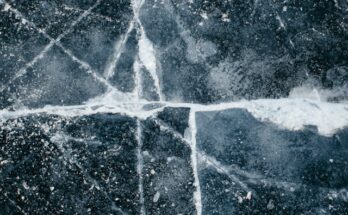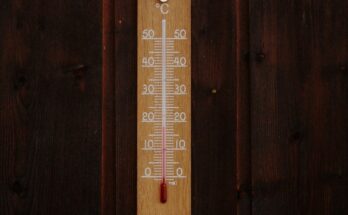The onset of colder temperatures brings the risk of frozen pipes, a common yet serious issue for homeowners and property managers. Understanding what causes pipes to freeze and taking proactive steps to prevent this can save you from costly and inconvenient damage. This article, optimized with key search terms, will explore the causes of pipe freezing, how to prepare your property, and the potential short and long-term impacts if left unchecked.
- What Causes a Pipe Freeze?
Frozen pipes occur when the temperature around the pipes drops below freezing, causing the water inside to freeze. This is most common in pipes located in unheated interior spaces like basements, attics, and garages, as well as those running along exterior walls with minimal insulation. When water freezes, it expands, putting immense pressure on the pipes, which can lead to cracks or bursts. Several factors contribute to pipe freezing, including poor insulation, rapid drops in temperature, and thermostats set too low. Understanding these risk factors is the first step in prevention.
- How to Prepare Your Property to Minimize Damage
Preventing frozen pipes involves a few key strategies. Firstly, ensure your pipes are well insulated, especially those in vulnerable areas. This can be done using pipe insulation sleeves or wrapping. Secondly, keep your thermostat set to a consistent temperature day and night, as dramatic temperature changes increase the risk of freezing. During extreme cold spells, it can be helpful to leave cabinet doors open to allow warmer air to circulate around the plumbing and to let faucets drip slightly to relieve pressure in the pipes. Additionally, sealing leaks around doors and windows can prevent cold air from entering and reaching the pipes. Regular maintenance and inspections by a professional can identify and rectify potential risks, ensuring your property remains safe and damage-free.
- What Could Happen Short and Long Term If You Don’t Prepare
The immediate consequence of a frozen and burst pipe is water damage. This can range from minor leaks to significant flooding, depending on the extent of the damage. Immediate effects include waterlogged floors, walls, and furnishings, leading to costly repairs and restoration. If not addressed promptly, long-term consequences can be severe, including the growth of mold and mildew, which pose health risks and can further damage your property’s structure. Additionally, water damage from burst pipes can significantly decrease your property’s value and lead to increased insurance premiums. Proactive prevention and timely intervention are essential to protect your property and finances.
Frozen pipes are a preventable problem that, when ignored, can cause extensive damage to your property. By understanding the causes, implementing preventative measures, and recognizing the risks of inaction, property owners can effectively safeguard against the costly and disruptive effects of pipe freezing. Remember, preparation is key to maintaining a safe and comfortable property during the colder months.




